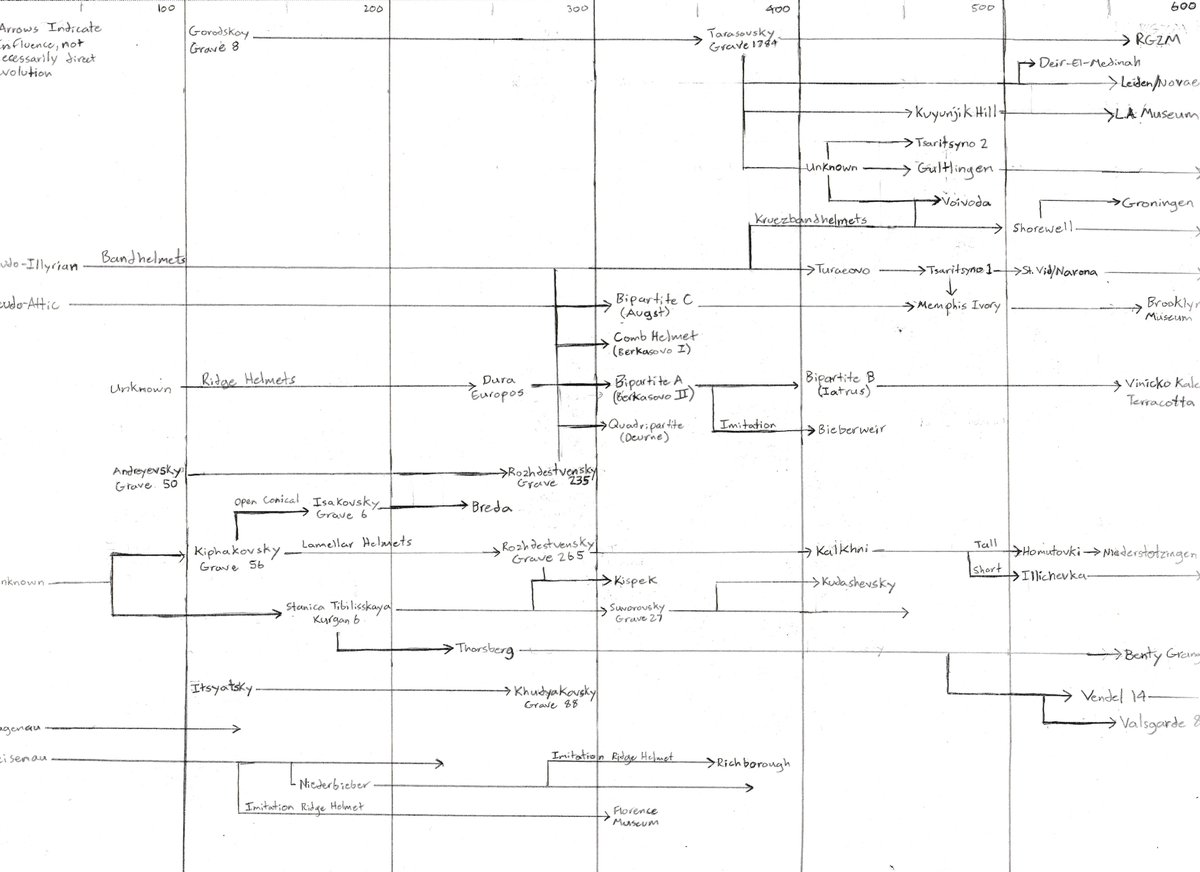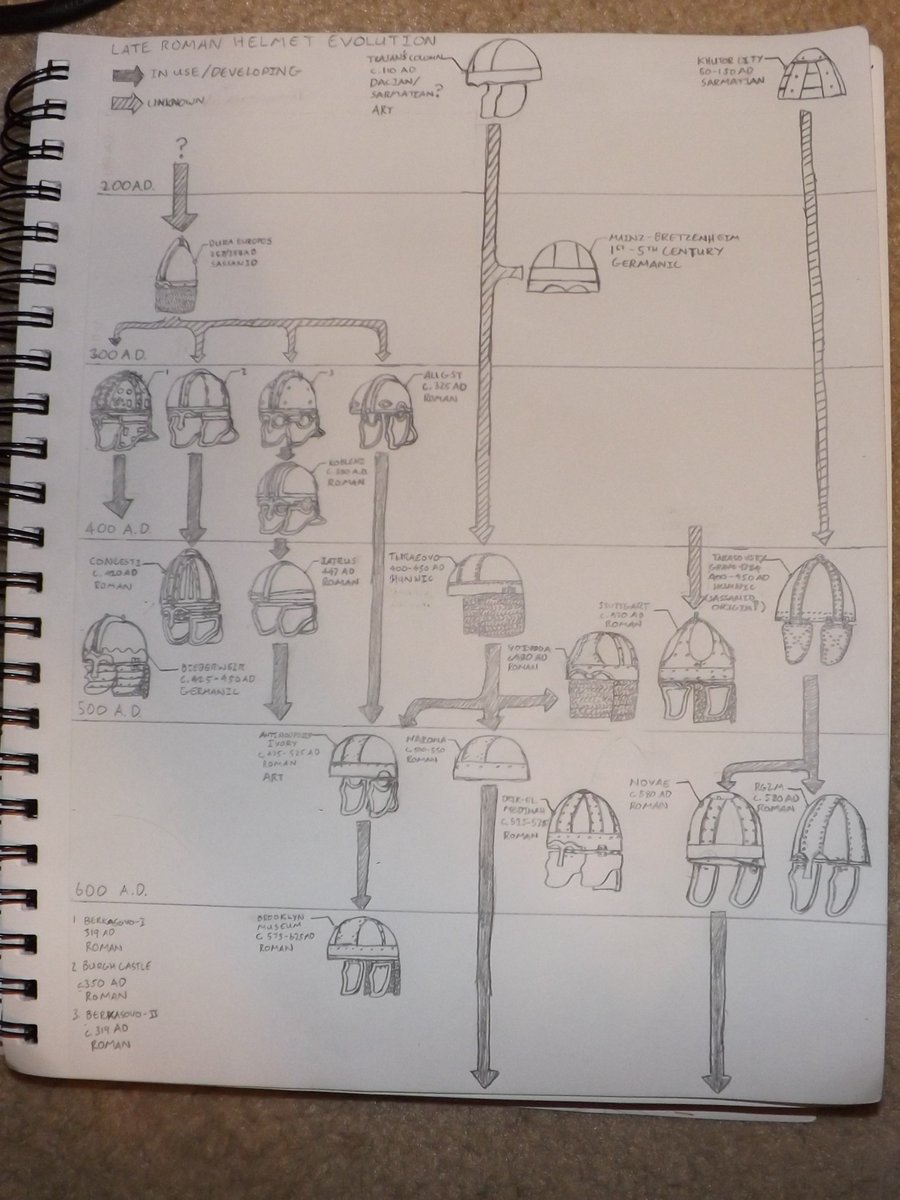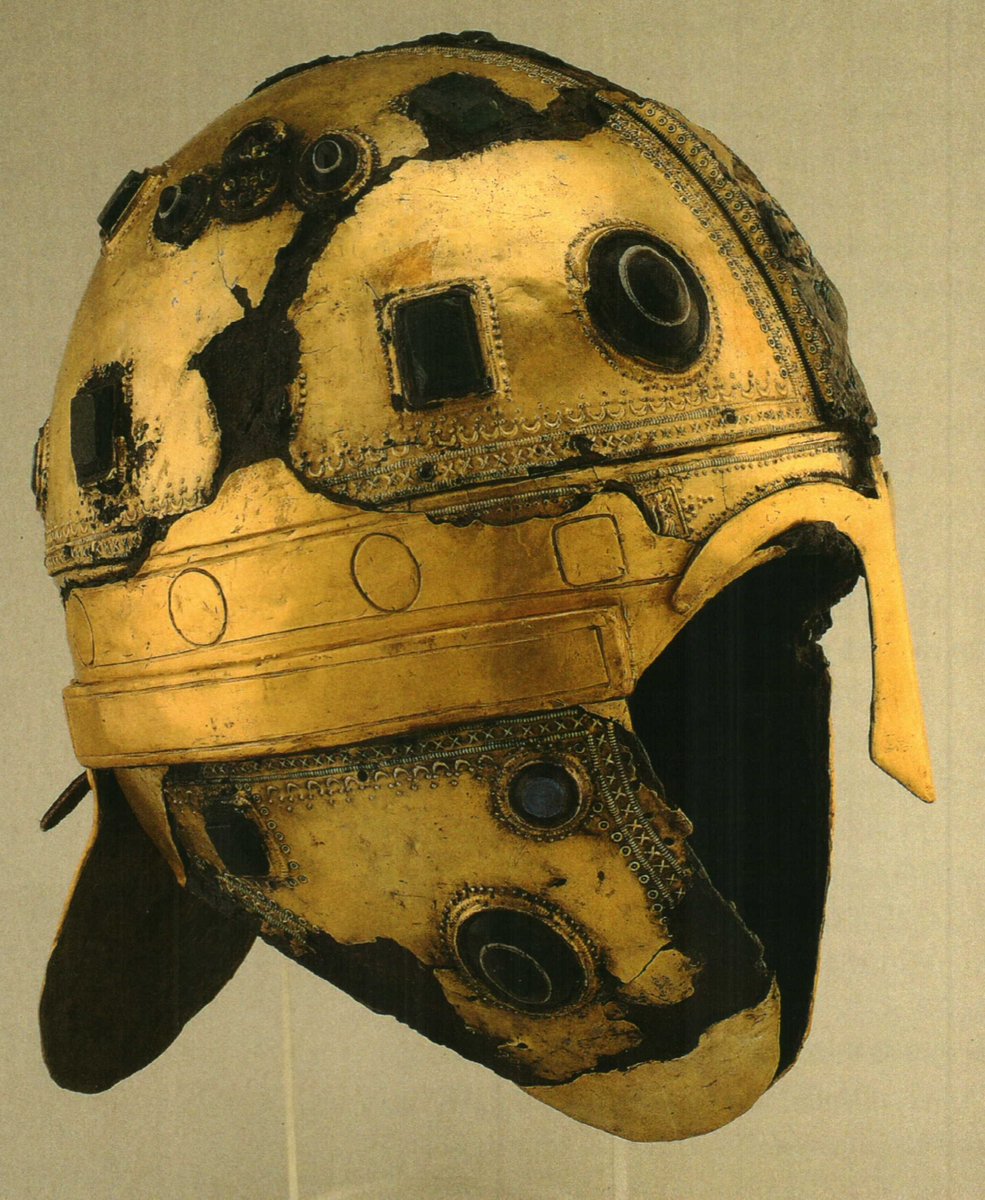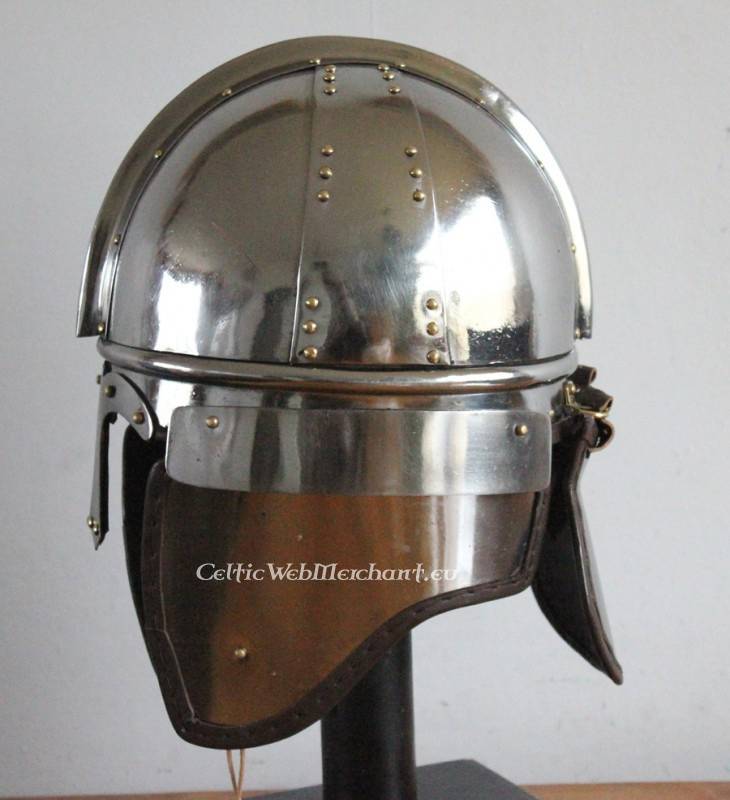
Alright, I just finished "Light of the Jedi" by Charles Soule, and I have some thoughts on it, both as a scientist, historian, and Star Wars fan. I'm mostly coming at this from an Old Republic fan viewpoint.
THIS REVIEW WILL CONTAIN SPOILERS. #StarWars #StarWarsTheHighRepublic
THIS REVIEW WILL CONTAIN SPOILERS. #StarWars #StarWarsTheHighRepublic
The first thing I want to look at is the tone, because anything else is really nitpicky and the fundamental themes of the story are really the main basis for comparison. So I'm looking at this from a few angles, the big one being it claiming to be a "Star Wars Arthurian Romance."
For those that know anything about the actual Arthurian Romances, they fundamentally focus on diverging from Arthur as the main character, which one can conceptually argue this book does, diverging from the Skywalkers as a main character and focusing on other Jedi.
Where LotJ differs (so far) is in its content - there is no adulterous love affair, quest for a holy artefact, etc. Although in some ways the book touches on or sets up these possibilities - the franchise as a whole is very much about high fantasy storytelling.
I know Claudia Gray is not shy to include sexual content in her stories, and we have plenty of Star Wars tales of seeking "holy artefacts." So I certainly could see either of these happening in the future.
What The High Republic and Light of the Jedi, so far, try to be is more like a child's knightly adventure, the kind read at bedtime or played out with sticks in the backyard. Overall I feel pretty neutral about this - it's in many ways fitting, also in some ways irritating.
In tone, the story differs from works like Tales of the Jedi, Knights of the Old Republic, or Star Wars: The Old Republic, which I think is a good thing.
Where the Old Republic tries to be decidedly "Blockbuster Epic," the High Republic tries to be "Knightly." And succeeds.
Where the Old Republic tries to be decidedly "Blockbuster Epic," the High Republic tries to be "Knightly." And succeeds.
How this gets irritating, however, in my opinion, is that a lot of what Lucasfilm has been doing with the Jedi and the Force has delved harder into the more "high fantasy" take. To the point where phrases have changed from "Thank the Force" to "Thank the Light."
As a Star Wars fan, I don't like this in two ways. In Lucas' vision, at least from my view, his view of the force was heavily based in non-Western, South Asian religion. The force was a cosmic entity, but Jedi did not worship "the light," they sought inner peace.
The second is more nitpicky, but that's the ignoring of the attempted "fictional scientific" basis for the force - the whole midichlorians thing. Some descriptions of Lucas' plan for the sequels talk of how he was going to go more deeply into that.
So far, Lucasfilm has decided it is best to simply write it off it seems. In season 6 of the Clone Wars we got the Force Priestesses and some inkling of Lucas' developing vision for that, but have had little to nothing since then.
For me individually, I always enjoyed Plagueis and the handful of other instances that attempted to strike a good balance between a "fantasy" and a "sci-fi" treatment of the Force. So far, Lucasfilm's New Canon has completely failed to do that.
Anyways, moving on.
Anyways, moving on.
Another issue I want to talk about is how... stereotyped the book is. I found all of the characters to be rather flat. Avar, Loden, etc. I think the only characters that see any development are Bell Zettifan and Marchion Ro, and even then they don't change much.
The only thing that really changes is Bell at one point comes to understand the force is about helping others, not helping himself, and Marchion Ro... really just changes tactics, and becomes a bit more stereotypical in his villany by the end. From a manipulator to an evil ruler.
I think throwing out the power dynamic of the Nihil this early is going to hurt them in the long run, because now they've kind of put themselves in a corner having a generic villain that basically just knows how to use hyperspace in an unorthodox way, and one that will run out.
The book's story really has little to offer for character development and I think people are going to see that as the initial hype dies down. In fact it's a LOT like "Fatal Alliance" which was written basically to market SWTOR - too many characters, too many plotlines.
The difference is that it does, to be fair, do a FAR better job of tying those plotlines together than Fatal Alliance did, which had like 8 plotlines to reflect SWTOR's 8 class archetypes flying off haphazardly in different directions, and then coming together at the end.
Marchion Ro is also in a certain sense a similar villain to Lema Xandret, in that the story's antagonists are a technological villain, much like Xandret and the Hex droids. We've also got a woman being kept alive in a medical tank in each case as well...
I'm sure there's parallels you can draw with other Star Wars works, but this was a big one in terms of the Story and Characters. It's a lot like Fatal Alliance crossed with... I dunno that old comic where they visit otherspace.
One of the things that did bother me was this contrast between very stereotypical character archetypes. The Nihil are... exactly what you expect. "Barbarian Raiders" with an industrial punk aesthetic. They even listen to "wreckpunk."
For those that understand punk and what it's about, it's honestly exactly the kind of portrayal of punk by people who know nothing about punk as a genre, or by anyone who wants conformity. I'm not saying this as any sort of "hurr durr SJW's Disney Wars bad" criticism, mind you.
I'm saying that it's definitely typecasting a social group that exists in the real world as hedonistic debaucherers and villains. And this is coming from someone who loves punk music (even if I don't consider myself a part of that group or a "scene kid") and understands it.
For whatever reason, that doesn't sit well with me.
Neither does what @admiraljello talked about in his 1138 review, discussing whether or not the series will tackle colonialism and U.S. Imperialism. Because it definitely seems like it wants to, but in the wrong way.
Neither does what @admiraljello talked about in his 1138 review, discussing whether or not the series will tackle colonialism and U.S. Imperialism. Because it definitely seems like it wants to, but in the wrong way.
Right now it seems like the series has cast its anti-imperialists as villains and terrorists, rather than trying to capture the issues of colonialism and imperialism in a meaningful way. We'll see if that changes, since Ro's family clearly has a deeper backstory.
Just, as of this particular moment, we aren't really seeing the Nihil being the result of a reactionary response to Imperialism or Colonialism, but one man's personal vendetta under that guise in a very limited scope.
Again, with the stuff teased by the book - there's a lot of talk about the "before" by the long-lived members of the order, & a reeling recovery from the (hinted at) New Sith Wars - I hope there's going to be deeper context brought into this conflict, but right now there isn't.
Anyways, I want to shift focus now to talking a bit about more nitpicky stuff. Namely the "Great Disaster" and how basically Star Wars has once again set itself up with a severely flawed "superweapon" idea that came about because they decided to over-explain something.
For those that know Star Wars well, we all know the Death Star and the Galaxy Gun and stuff like that work best when they try not to explain things too hard. And I guess it tried not to explain it too hard here, but it still shot itself in the foot.
The "Great Disaster" is basically just a fragmented starship which has chunks exiting lightspeed at various points at large percentages of or almost at the speed of light.
Okay, the book kind of does an okay job with treating that as a threat on the scale its supposed to be.
Okay, the book kind of does an okay job with treating that as a threat on the scale its supposed to be.
The issue is when it tries to solve the threat. Intercepting debris moving at light speed when you have a complex communications and tracking array monitoring all these things arriving in-system? That's actually, from a physics standpoint, not that hard.
There's one scene at the beginning when they're trying to destroy a fragment moving at near-lightspeed and say "our missiles only have a 1/3 chance to hit."
Vaporizing or altering the thing's course is one thing, hitting it is actually rather easy, mathematically.
Vaporizing or altering the thing's course is one thing, hitting it is actually rather easy, mathematically.
They talk about how a droid can't calculate that. We had computers in the 70s, which Star Wars computing technology levels are kind of supposed to be at, capable of calculating that shot.
Accelerating a missile up to a specific velocity and hitting an object moving at near-lightspeed is entirely do-able. Yes, the math is hard, orbital mechanics is not an easy subject and you, sadly, can't just learn it through Kerbal Space Program. But the shot is technically easy
I know I'm nitpicking the hell out of something here, so y'all can write it off much easier than I can as readers. It's just my personal view. Take it however you like.
The real issue is that our enemy clearly has a way to do this intentionally, repeatedly.
The real issue is that our enemy clearly has a way to do this intentionally, repeatedly.
In other words, Star Wars has set them up with a superweapon where they all with in-universe capabilities established in this one book, can simply check shipping schedules, figure out where to make it break apart with their special hyperspace tech, and crack a planet open.
That's pretty logic breaking. We have an enemy that has to "build strength" and everything to prepare to fight the Republic, when they literally could nuke Coruscant with *zero* warning right now. That's before we talk about the whole liquid tibanna causing stellar mass ejections
We'll see how they use this in the future, considering the premise of this series set up the "Great Disaster" as a one-time event. We'll see how they resolve these "paths" and drive systems to make it fit as just one story in the Star Wars timeline what won't break continuity.
But my overall verdict is this: Light of the Jedi, and the High Republic, succeed at being a "Knight's Tale." However, Light of the Jedi kind of does so at its own expense, causing it to have flat characters and force itself to follow stereotypes/archetypes.
Otherwise I enjoyed reading the book. The writing was decent, the plot was coherent, the story kept me captivated and reading. It is a good read, but I wouldn't put it anywhere near my top 10 Star Wars books.
One final comment: I like that this book very much tries to evoke the splendour and elegance of the Republic we see in the Phantom Menace, and has decent worldbuilding. So I definitely look forward to what "The High Republic" era brings to the table in coming works.
@threadreaderapp unroll
• • •
Missing some Tweet in this thread? You can try to
force a refresh












